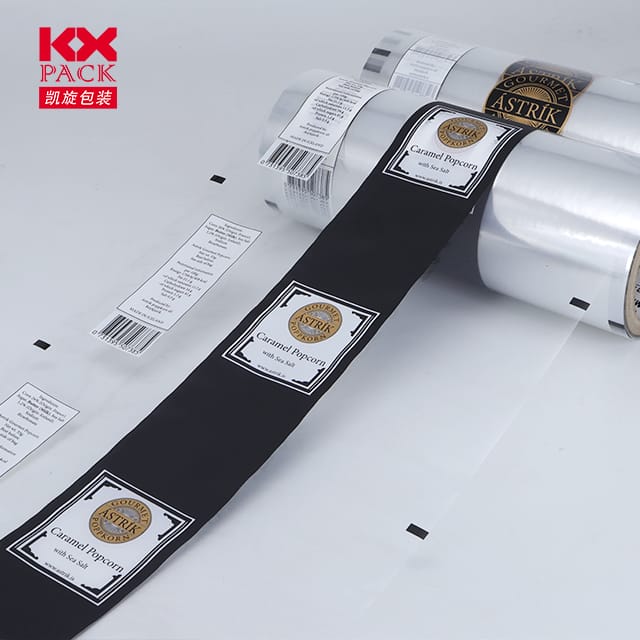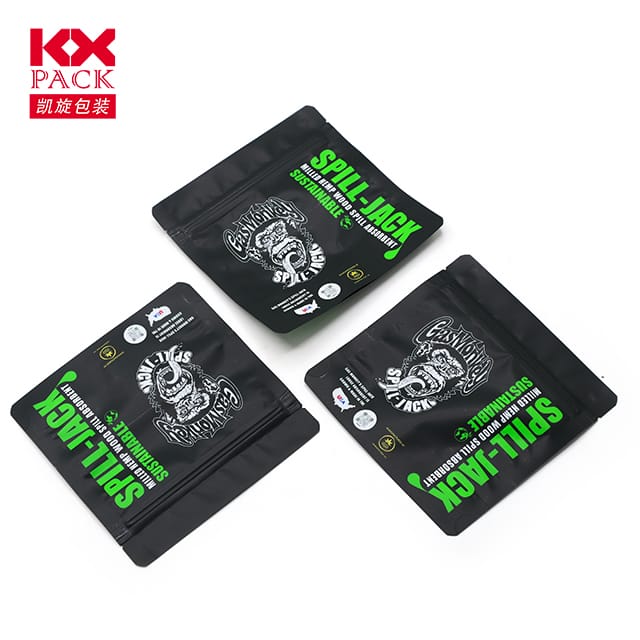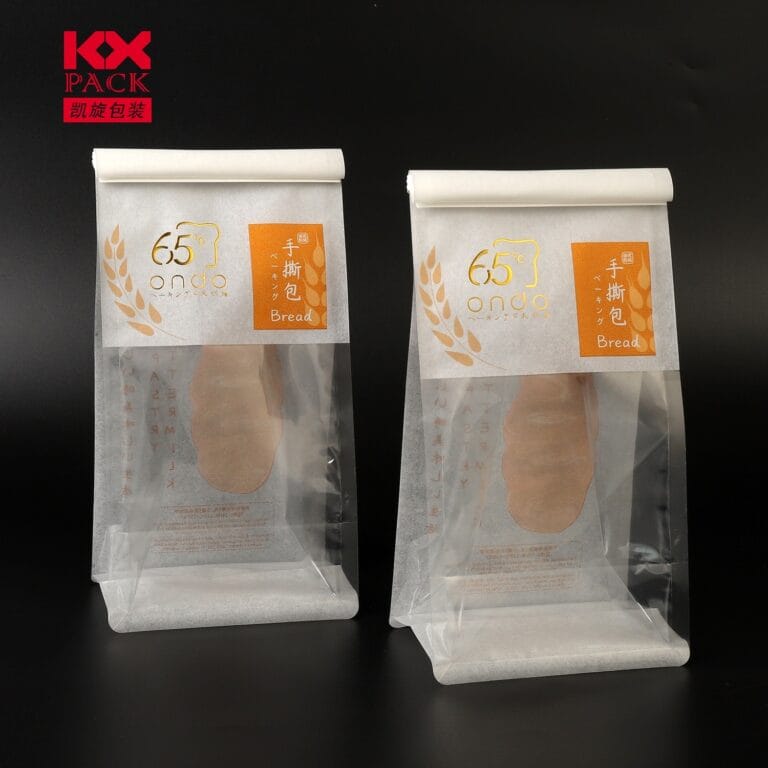วิวัฒนาการและการประยุกต์: การดำน้ำลึกลงไปในโซลูชั่นบรรจุภัณฑ์ที่ทันสมัย
Packing Film Rolls
In today’s globalized economy, อุตสาหกรรมบรรจุภัณฑ์เป็นรากฐานที่สำคัญของประสิทธิภาพห่วงโซ่อุปทาน, ความปลอดภัยของผู้บริโภค, และความแตกต่างของแบรนด์. ในบรรดาองค์ประกอบที่หลากหลายที่สุด, packing film rolls—continuous rolls of flexible, ฟิล์มพลาสติกประสิทธิภาพสูง-ได้ปฏิวัติวิธีการป้องกันผลิตภัณฑ์, ขนส่ง, และนำเสนอ. บล็อกนี้สำรวจวิวัฒนาการของพวกเขา, ข้อกำหนดทางเทคนิค, และแอพพลิเคชั่นการเปลี่ยนอุตสาหกรรม.
1. The Anatomy of Packing Film Rolls: Materials and Technologies
Packing Film Rolls are engineered to balance strength, ความโปร่งใส, และการปรับตัว. Key materials include:
- การตีป๊อป (โพลีโพรพีลีนที่มุ่งเน้นแบบสอง): A cornerstone of soft packaging, BOPP films are prized for their high tensile strength, ต้านทานความชื้น, and printability. They dominate sectors like food, เครื่องสำอาง, and tobacco, with market shares exceeding 20% in regions like China.
- ระวัง (polyethylene terephthalate): Renowned for its durability and heat resistance, BOPET is used in high-barrier packaging for pharmaceuticals, อิเล็กทรอนิกส์, and frozen goods. Its optical clarity and recyclability align with sustainability trends.
- ซีพีพี (โพลีโพรพีลีน): A non-oriented film offering exceptional heat sealability, CPP is ideal for vacuum packaging and flow wraps, where rapid sealing and puncture resistance are critical.
- ภาพยนตร์พิเศษ: นวัตกรรมเช่น biodegradable starch-based films (เช่น, Plastiroll’s transparent cornstarch derivatives) และ silver nanowire-conductive films (used in smart packaging) cater to niche demands for eco-friendliness and IoT integration.
2. Technical Innovations Driving Performance
Modern Packing Film Rolls leverage advanced manufacturing processes to meet stringent industry standards:
- Multilayer Coextrusion: Combines different polymers (เช่น, การตีป๊อป + EVA adhesive layers) to create films with tailored properties, such as enhanced gas barrier or UV resistance.
- Nanotechnology Integration: Films embedded with silver nanowires enable antistatic or antimicrobial functions, crucial for electronics and medical packaging.
- Sustainability Enhancements: การมีน้ำหนักเบา (reducing film thickness without compromising strength) and recyclable formulations address environmental concerns. เช่น, some BOPP films now use 30% post-consumer recycled content.
3. Industry-Specific Applications
The versatility of Packing Film Rolls spans diverse sectors:
- อาหาร & เครื่องดื่ม:
- High-barrier BOPP/BOPET laminates extend shelf life for snacks, กาแฟ, and dairy.
- Thermal shrink films secure irregularly shaped items (เช่น, wine bottles) into compact units, reducing shipping costs by 50% vs. traditional cartons.
- เภสัชกรรม:
- Child-resistant blister packs use multilayer BOPET films with puncture resistance exceeding 10 N/mm².
- Sterile medical device packaging adheres to ISO 11607 standards, with films tested for microbial ingress and thermal stability.
- อีคอมเมิร์ซ:
- Lightweight stretch films (เช่น, Berry Global’s 12-micron pre-stretched variants) reduce material use by 40% in automated pallet wrapping.
- Tamper-evident security films with holographic printing deter counterfeiting in luxury goods packaging.
- ทางอุตสาหกรรม:
- Heavy-duty stretch hood films (up to 50-micron thickness) secure 2-ton steel coils during ocean freight, withstanding 50% elongation without tearing.
- Corrosion-inhibiting VCI films protect automotive parts during long-term storage.
4. Market Trends Shaping the Future
ทั่วโลก Packing Film Rolls market, มีมูลค่าอยู่ที่ $1.14 trillion in 2024, คาดว่าจะเติบโตได้ที่ 3.89% CAGR through 2029. Key drivers include:
- อีคอมเมิร์ซบูม: The sector’s 14.8% CAGR fuels demand for lightweight, puncture-resistant films.
- Sustainability Mandates: Brands like Nestlé and Unilever aim for 100% บรรจุภัณฑ์รีไซเคิลได้โดย 2025, spurring investments in bio-based films (เช่น, PLA/PBAT blends).
- Automation & Efficiency: Smart packaging lines integrate AI-driven tension control systems, reducing film waste by 25% in high-speed wrapping.
- ตลาดเกิดใหม่: Latin America (เช่น, เม็กซิโก, บราซิล) and Southeast Asia (เช่น, อินโดนีเซีย, เวียดนาม) exhibit 10%+ annual growth in film demand, driven by FMCG expansion.
5. Challenges and Opportunities
Despite advancements, the industry faces hurdles:
- Regulatory Fragmentation: Disparate standards (เช่น, EU’s Single-Use Plastics Directive vs. FDA food-contact rules) complicate global supply chains.
- Circular Economy Gaps: Only 14% of plastic packaging is recycled globally; solutions like chemical recycling of polyolefin films are nascent.
- Cost Pressures: Raw material volatility (เช่น, polyethylene prices fluctuating 30% YoY) squeezes margins for SMEs.
อย่างไรก็ตาม, these challenges present opportunities for innovation:
- การพิมพ์ดิจิตอล: Short-run, on-demand film printing reduces inventory costs for FMCG brands.
- Hybrid Materials: Combining paper and film (เช่น, metallized BOPP laminated to kraft paper) offers recyclability without sacrificing barrier properties.
- Industry 4.0: IoT-enabled film dispensers monitor usage in real time, optimizing replenishment cycles.
บทสรุป: เส้นทางข้างหน้า
Packing film rolls are no longer mere commodities but strategic tools for differentiation. As brands prioritize sustainability, automation, และประสบการณ์ของผู้บริโภค, manufacturers must innovate across materials, processes, and partnerships. The future belongs to those who can deliverhigh-performance, low-impact, และปรับได้ solutions—ensuring that every roll of film not only protects products but also the planet.
Stay tuned for our next deep dive into the rise ofactive packaging (เช่น, oxygen scavengers, freshness indicators) and its role in the circular economy!
แหล่งกำเนิด: Made-in-China.com, Plastiroll, Yancheng Kingbull Materials Technology, Packaging Strategies, and industry white papers.







